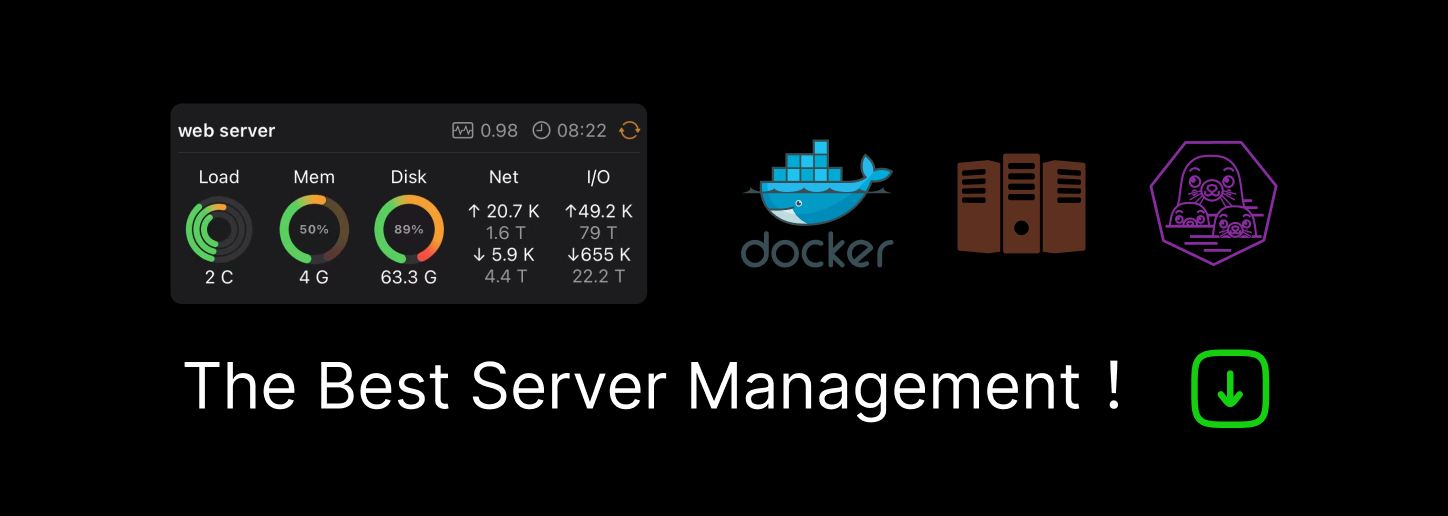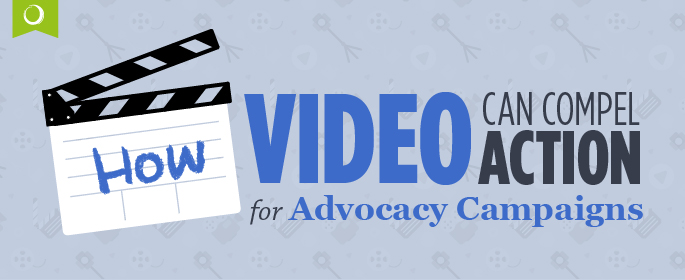

How Video Can Compel Action for Advocacy Campaigns
source link: https://overit.com/blog/video-advocacy-campaigns/
Go to the source link to view the article. You can view the picture content, updated content and better typesetting reading experience. If the link is broken, please click the button below to view the snapshot at that time.


My favorite projects to account manage are videos that in some way improve the world. This use of video is called video advocacy, and the promotion of these videos is both effective and resonates with audiences. Video is one of the most creative means to drive a viewer to action.
Changing and improving the world is a lofty goal, but many of Overit’s clients use video in exactly this way- to engage, empower, and drive a conversation and specific outcomes. Video is “beneficial for advocacy campaigns because they are a simple and efficient way to convey the main points of an idea or project to many people.”(1)
In my experience, video is one of the most successful means of communicating difficult ideas more easily.
It’s also effective (2):
- Companies that use video as part of their marketing see 41% more traffic than those that don’t – Aberdeen
- 70% of marketers feel that video produces more conversions than any other content type – Vidyard
- Video drives a 157% increase in organic traffic from search engines – Brightcove
Video is effective in part because of the emotional connection viewers are able to forge with the story being told on a screen. Whether a story is told by actors, animation or in testimonial format, a viewer can learn about the experience of the participants on-screen.
There are several key ingredients when creating video for advocacy purposes (3) and all of these concepts are important to being as intentional in the production and promotion processes:
- Start with specific purpose: what’s the objective of the video?
- Know the audience: This is very important to determine up front; who will be watching and responding to your message? Are there specific ways to tell the story to that audience that will be more appealing?
- Know the desired action you want the audience to take: what is the call to action (CTA)?
- Choose the best way to deliver that message: This is where characters (or actors), music, language and all the elements of the video have to work together in order to get the message through to your audience. Without the right connection, you will not get people to move on the desired action. People rarely act unless they feel they must, and forming an emotional connection is key to compelling action.
- Make sure the video is shown at the right time and place: You can have a glorious video with the right message that gets lost in the content shuffle. How and when you deliver a video will affect the outcome. For instance, some audiences will respond best to short videos shown on social media, while others will be impacted by seeing a :90 commercial at the movies. Knowing your audience helps determine the when and where of message delivery.
Overit has worked with several clients on advocacy videos. Most recently, we worked with Malkin and Ross & Safe Horizon to produce a long form video to be shown to individual state government representatives to pass the NYS Child Victim Act. We also worked to create shorter form videos to be shown on television.
In this case:
- Purpose: have testimonials from child sex abuse survivors that would be shown to the NYS legislature, and shorter public service announcement (PSA) commercials to the community at large.
- Audiences: in this case, there were two audiences. A specific video was created for government officials while other PSAs were created for the public (survivors and those who may know someone who has been a victim).
- Desired actions: the video shown to members of the state legislature was created to compel them to vote to pass the Child Victims Act. The CTA of the public-facing PSAs was to call, learn more and get help.
- Delivery of message: The testimonial video is an emotionally impactful six minute video, and the lighting, voiceover and music are all respectful and evocative. The elements Overit used were to underscore the powerful testimony of survivors. The PSAs are significantly shorter but highlight a key message of getting help in a similar style.
- Right place and time: The testimonial was shared on various forms of social media, but primarily used as an in-person tool with the legislative representatives and for use on lobby days during the key weeks when the New York State Assembly and Senate bills were up for vote. PSAs were primarily shown in key demographic areas via television.
I am proud to say that as of this writing, the bill has passed the Assembly. The video is one piece of a broader campaign by advocates to pass a law benefiting children who have been abused. The fight continues in the New York State Senate*.
Video should be part of a larger campaign for awareness, branding, or to enable a specific change or action. In my opinion, video should not be used as a standalone piece, but as the most resonating part of a campaign.
Listening and watching a video can bring us not only intellectual understanding but, by engaging all our senses, can force us to emotionally connect as well. If you can produce a video that connects with a viewer, as a marketer, you have done half your job. The other half is compelling that action, which the language and visuals of a video will do if it was created with intentionality from the beginning
*To learn more visit http://www.nypasscva.com/
References:
(1) Overview: https://www.newtactics.org/video-advocacy/video-advocacy
(2) Statistics: https://www.brightnonprofit.com/video-marketing-nonprofits/
(3) 5 Key Ingredients: http://toolkit.witness.org/en/videoadvocacy/5-key-ingredients-video-advocacy
Subscribe to our blog to receive all the latest tips & tricks from the Overit team!
</div
Recommend
About Joyk
Aggregate valuable and interesting links.
Joyk means Joy of geeK